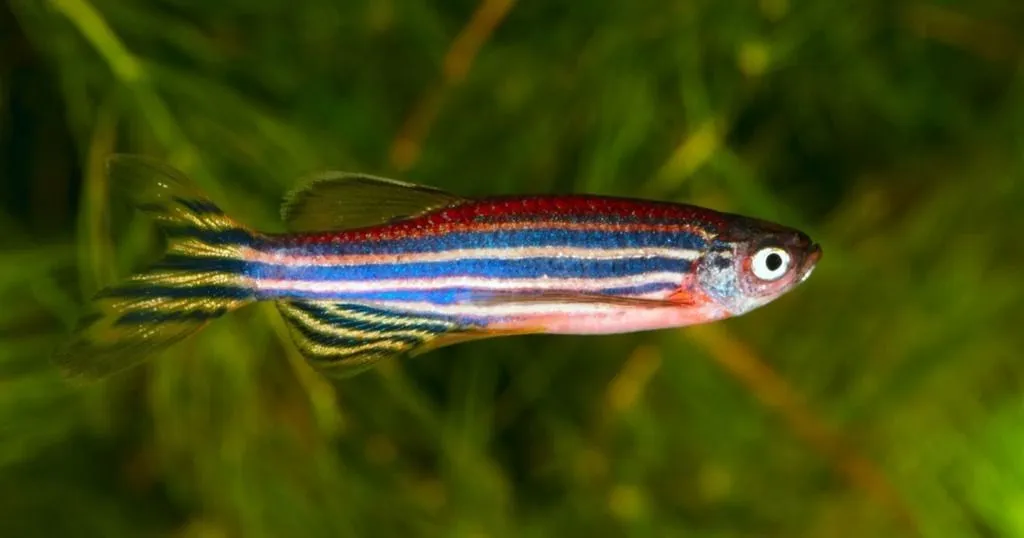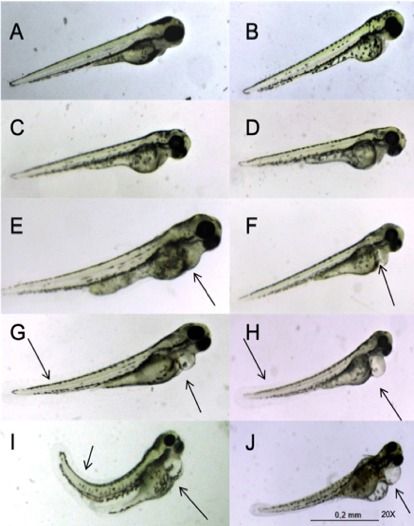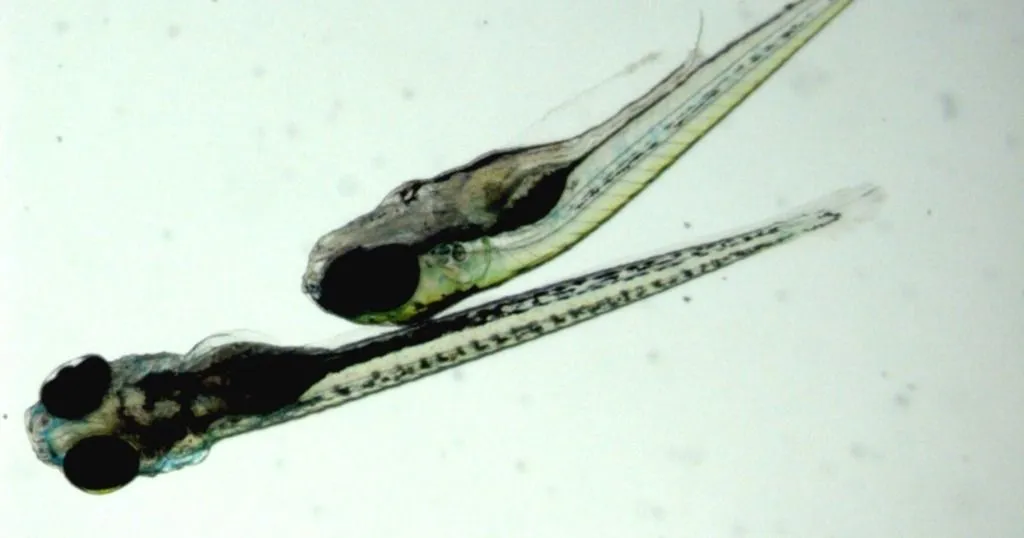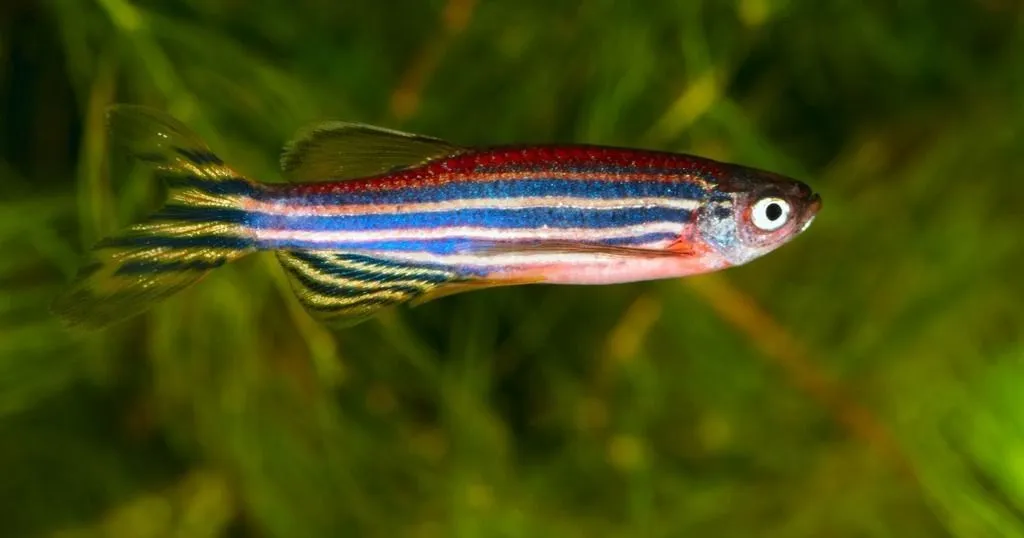Toxicometabolism and behavior of zebrafish exposed to cannabinol
THC and CBD are well-know compounds of cannabis (Cannabis sativa), use for recreational purposes or health benefits. We have less knowledge of the effects of another active compound: CBN.
Posted by
Published on
Thu 14 May. 2020
Topics
| Zebrafish | DanioVision | EthoVision XT | Toxicity | Video Tracking |

I had the pleasure of working on this article with Ieremias Chousidis (University of Ioannina). He studied the effects of CBN, a lesser known compound of Cannabis leaves, in order to investigate the impact of cannabis on organisms.
Cannabis use and abuse
Cannabis (Cannabis sativa) leaves are amongst the most abused drugs in human history due to their psychoactive effects. Various products and extracts of cannabis have gained great interest due to beneficial/therapeutic effects for a series of syndromes, including Dravet syndrome, epilepsy, anxiety, schizophrenia, chronic pain, even for cancer, as well as for recreational purposes e.g. euphoria.
While in most countries the medical and recreational use is illegal (except for Canada, Israel and 16 EU countries), the cannabis world market today is reaching 30 billion dollars, with the profits made from illicit trafficking being even higher.
Active substances
Cannabis leaves have several compounds, or cannabinoids, that cause the effects that people use it for. You have probably heard of THC (tetrahydrocannabinol), the main psychoactive that causes the “high” sensation. Another well-known cannabinoid is CBD (cannabidiol), which does not have the psychoactive effects, but rather is used for health benefits, such as pain relief, to treat anxiety and depression, help with acne, etc.
Cannabinol, the unknown cannabinoid
Cannabinol (CBN) is a less familiar compound. It is actually a degradation product of THC, and its concentration in cannabis leaves increases as the plant ages. Its formation is also strongly affected by the storage conditions.
Why investigate CBN?
Studying the impact of CBN on living organisms is crucial to address potential future health issues.
There is an increasing amount of attention for the cannabis plant, so more studies should focus on CBN and other relevant degradation products. Their production is not controlled, but depends on many aspects, such as plant growing conditions, processing, storage, etc. Every bit of plant extract can differ significantly in their CBN content and hence, in their medicinal activity (Fu et al., 2019).
Research at the University of Ioannina
Humans have two cannabinoid receptors, CB1 and CB2, that are involved in various regulatory mechanisms in our brain. The CB1 receptor has a key role in the central nervous system, and is also found in zebrafish, making them a suitable model to study the effects of CBN on several health aspects.
At the Zoology and Analytical Chemistry laboratory of the University of Ioannina, CBN was examined for toxicity, effects on heart physiology, morphological malformations, behavioral changes and alterations in metabolic pathways of zebrafish larvae.

Morphological malformations of zebrafish embryos exposed to cannabinol. (A-B) Control larvae, (C-D) larvae exposed to 0.25 mg/l with no or very minor malformation, (E-F) larvae exposed 0.75 mg/l with indicative pericardial edema, (G-H) larvae exposed to 1 mg/l with indicative pericardial edema and tail bending, (I-J) larvae exposed to 1.2 mg/l with indicative pericardial edema, yolk sac edema and tail bending. Malformations are indicated by arrows.
Effects of CBN on zebrafish embryos and larvae
“Our study showed that the LD50 value was estimated at 1.12 mg/l. Malformations in zebrafish larvae increased significantly in a dose-dependent manner and exposure to CBN concentrations greater than 0.75 mg/l provoked abnormalities like pericardial edema, yolk sac anomalies and tail bending.”, Chousidis explains.
He also mentions that concentrations above this threshold resulted in elongated and shorter in width hearts and in a separation between ventricle and atrium. The metabolomic analysis revealed alterations, mainly to amino acids, which are related to acute toxicity and hint towards systemic metabolic and neuropathophysiological changes.
Behavioral evaluations of zebrafish larvae
Chousidis and his colleagues studied the behavioral changes in zebrafish larvae using DanioVision and Ethovision XT software.
“The total movement, distance moved, and velocity of the zebrafish larvae were increased during dark and decreased during light conditions, in a concentration-dependent manner. Our results also showed that CBN acts both as a stimulant and a sedative, with larvae exhibiting altered velocity and bradycardia, respectively.”
Negative effects of CBN
Results of this study demonstrate a negative, dose-dependent effect of CBN exposure on the morphology, behavior, physiology and metabolome of the organism, highlighting the unexplored adverse effects of CBN on aquatic organisms. This research also underlines the active role of CBN in modulating systemic changes and can serve as a future reference point to assess the risk of cannabis products intended for human use.
References
- Chousidis, I.; Chatzimitakos, T.; Leonardos, D.; Filiou, M.D.; Stalikas, C.D.; Leonardos, I.D. (2020) Cannabinol in the spotlight: Toxicometabolomic study and behavioral analysis of zebrafish embryos exposed to the unknown cannabinoid. Chemosphere, 252, 126417.
- Fu, J.; Gong, Z.; Kelly, B.C. (2018) Metabolomic profiling of zebrafish (Danio rerio) embryos exposed to the antibacterial agent triclosan. Environmental Toxicology and Chemistry, 38(1), 240-249.
Related Posts

What is DanioVision? A brief insight in zebrafish tracking

The effects of quantum dots on zebrafish larvae locomotor behavior

